Editor's note: Drug crimes are extremely reckless and daring. Fighting drug crimes is an extremely dangerous and arduous battle, especially in border areas, with transnational drug crime rings. On the occasion of National Day for Drug Prevention and Control (June 26), the People's Army Newspaper published a series of articles "Border Guards in the fight against drug crimes" so that readers can better understand the officers and soldiers who are silently dedicating themselves, sacrificing themselves, day and night, performing their duties of preventing and combating drug crimes on the border lines, contributing to reducing the dangerous consequences caused by drugs to the country, society and each family.
With a very long land and sea border, a large area, and being close to the "golden triangle" - the world 's "hot spot" for drugs, drug trafficking and transportation activities in Vietnam's border areas are extremely complicated. Transnational drug crime organizations take full advantage of the rugged terrain, high technology, and modern means of operation; take advantage of the open customs policy for imported and exported goods to mix, hide, and transport drugs...; their methods of operation are increasingly sophisticated and daring...
Recorded at the "hot spot" Son La
In early June 2023, we and the reconnaissance officers of the Northern Drug and Crime Prevention and Control Task Force (Team 1) under the Department of Drug and Crime Prevention and Control, Border Guard Command (BĐBP) returned to the border of Moc Chau and Van Ho districts (Son La province) - a place considered a "hot spot" for drug crimes for many years. In front of us was Pha Luong mountain peak in Long Sap commune, Moc Chau district, adjacent to the Pa Hang-Huoi Hieng hamlet cluster, Sop Bau district, Hua Phan province of Laos on the other side of the border. The trail from Long Sap Border Guard Station (BĐBP of Son La province) leading to Pha Luong peak is steep and winding, passing through jagged rocky outcrops, with a deep abyss on one side and a cliff on the other.
This place was chosen by drug lords as a trading point to bring drugs into Vietnam because this location is close to the drug transportation route from the "golden triangle" area (the world's largest drug production area), the terrain is rugged, people on both sides of the border have family relationships, often travel back and forth, and many people are "disciples of white death", ready to participate in trading and transporting... Drugs are brought from the "golden triangle" to gather in the border villages of Laos, then find ways to smuggle them into Vietnam to sell at prices many times higher, or continue to transport them to other countries.
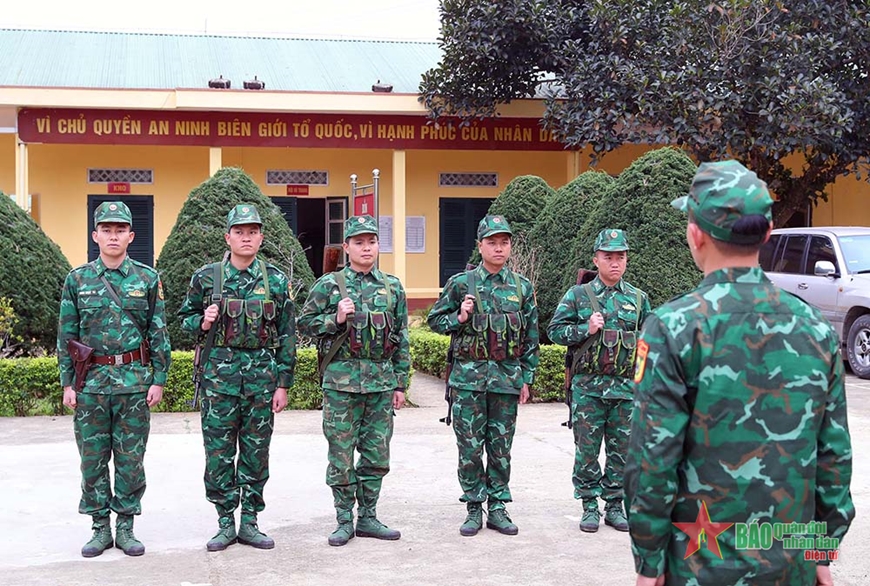 |
The Drug and Crime Prevention Team, Long Sap International Border Guard Station (Son La Provincial Border Guard) briefed on the mission before setting out on patrol. Photo: TRONG DUC |
Looking across the border - where there are large, beautiful villas located next to the hillside with supercars parked in the yard, Colonel Nguyen Trung Viet, Head of Group 1, who has more than 20 years of experience in fighting drug cases in the border area, told us: According to intelligence sources, there are currently quite a lot of drug lords on the other side of the border, including drug factories located close to the border with Vietnam. The drug lords who run the drug crime ring have many participants, forming groups, equipped with military weapons, bulletproof cars to transport drugs in large quantities. These groups and teams of criminals take advantage of the dark night, fog, thunderstorms or when they are informed that the authorities are busy with other tasks, they cross the mountains and forests to cross the border; contacting subjects on the Vietnamese side of the border through the satellite phone system to organize drug delivery and receipt.
“In this border area, in recent years, there have been many gun battles between armed drug criminals and functional forces. Dozens of drug trafficking rings and hundreds of subjects illegally transporting drugs through the Moc Chau and Van Ho border areas have been arrested and killed. However, because of the greed for super profits from drug trafficking, criminals have found every way, equipping themselves with more and more hot weapons, modern means, and operating more and more sophisticatedly and recklessly. To successfully fight and destroy drug crime rings while keeping the police safe is not simple at all," Colonel Nguyen Trung Viet shared.
Sophisticated tricks, reckless behavior
Sharing the stories recorded from the Moc Chau border line, Van Ho discussed with Colonel Duong Van Hien, Head of the Internal Border Reconnaissance Department, Department of Anti-Terrorism, Border Guard Command, we were shared by him: In recent years, especially from the beginning of 2022 until now, the activities of criminals buying, selling and transporting drugs from Laos and Cambodia into Vietnam have tended to increase, especially in the border areas of the Northwest, North Central and Southwest regions. The subjects in the drug ring are carefully selected, suitable for each position, from the stages of collection, transportation, storage, concealment to consumption. On the other hand, drug criminals find every way to connect with subjects with criminal records, foreigners, overseas Vietnamese, tourists ... to recruit them into the drug trafficking ring across the border. The huge profits from buying, selling and transporting drugs have made criminals more reckless and daring.
According to Colonel Duong Van Hien, to deal with the authorities, the drug lords assign very specific tasks to each of them, from scouting the way, monitoring the authorities to transporting and delivering drugs. If they see "movement", they immediately notify their accomplices to stop their activities or promptly dispose of the evidence and escape; when they are pursued, they fight back to the end, because they are ready to commit suicide to cover up the clues, so that their accomplices can continue to take care of their families, and if they are caught, they will not escape the most severe punishment.
Some common methods and tricks of drug criminals today are: Taking advantage of complex and rugged terrain, using armed groups to transport drugs across the border; transporting drugs through forests, not following trails, attaching electronic positioning so that the subjects in the network can find them themselves and continue transporting them inland; taking advantage of the characteristics of ethnic and kinship relations to establish a closed network within families and clans to transport drugs; paying mainly through bank accounts in the form of commercial and civil transactions; hiding drugs in special goods (wooden statues, electronic equipment, used engines, export construction blocks, fruits, etc.) to transport across the border and from the border to the inland. In addition, criminals also consign "goods" on means of transport, inter-route vehicles, inter-transport vehicles; hiring people to receive "goods", transporting them in circles through many locations; With a bill of lading code, the subject can look up the schedule of the package, on that basis detect abnormalities and take measures to deal with the authorities...
Resolutely attack crime
During the peak days of the Anti-Drug Action Month, the barracks of Group 1 under the Department of Anti-Drug Action, Border Guard Command were even more deserted. Lunch at the unit's canteen, including the commander on duty, medical staff, and guards, was not enough for two trays. Colonel Ha Xuan Phu, Political Commissar of Group 1, shared: "The unit only has a few dozen soldiers but has to take charge of 15 border provinces, from Ha Tinh to the North, so it is rare for all officers and soldiers to be present at the barracks. Most of the time, we have to stay close to, scout, and carry out tasks in border areas. There are comrades who, although their houses are right next to the unit, have not been able to return for more than 3 months...".
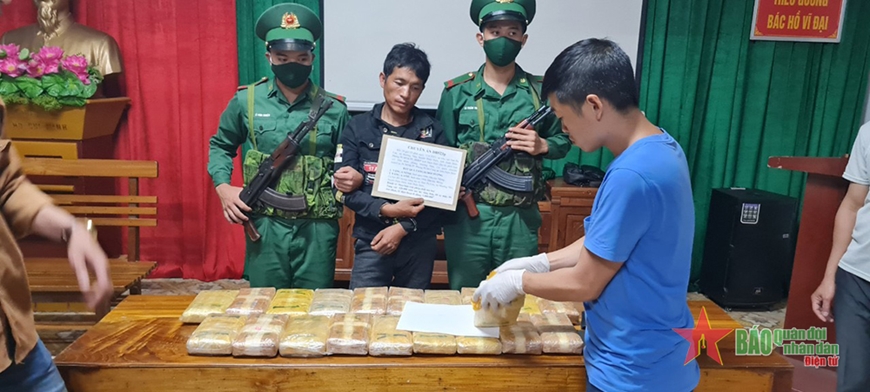 |
| The subject and evidence in Project DB523p, which was dismantled by the Department of Drug and Crime Prevention and Control in coordination with the Dien Bien Provincial Border Guard on June 12, 2023. Photo: TUNG DUNG |
According to Major General Do Ngoc Canh, Director of the Department of Drug Crime Prevention and Control, Border Guard Command: In the first 6 months of 2023, the transportation of large quantities of drugs from Laos and Cambodia through the border area into Vietnam for consumption and to a third country has many complicated developments; drug transportation activities at sea have also increased. In that situation, the Border Guard's Drug Crime Prevention and Control force focuses on directing the improvement of the quality and effectiveness of basic professional measures, focusing on promoting the fight against special projects, implementing professional plans, thematic plans, and dismantling drug crime rings. In addition, international cooperation and close coordination with relevant functional forces in the fight against drug crimes; especially coordinating information exchange, investigating, detecting, and dismantling complicated rings and hotspots in key areas on the border.
In particular, implementing the Action Month for Drug Prevention and Control, the Department of Drug Prevention and Control proactively advised the Border Guard Command to develop and deploy a plan for the peak month, increase forces and means, proactively prevent and resolutely fight against drug crimes; improve the effectiveness of detecting, arresting, handling crimes, and dismantling large-scale, transnational criminal networks and organizations. The Department of Drug Prevention and Control directed and guided units to strengthen the implementation of professional measures, grasp the situation; exploit and use database software effectively; be proactive and resolute in fighting crimes, focusing on key drug routes, areas, and sea areas...
At the same time, the Border Guard actively coordinated with functional forces and local Party committees and authorities to do a good job of propaganda and mobilizing people to actively participate in denouncing crimes; not to participate in or assist any type of crime... From June 1 to 19 alone, the Border Guard's anti-drug force presided over and coordinated with functional forces to detect and arrest 120 cases/201 subjects, seizing 26.5 kg of drugs, 4 guns and some related exhibits. Recently, on June 12, the Border Guard of Dien Bien province presided over and coordinated with the Technical Investigation Department, the Anti-drug Crime Department and the Dien Bien Provincial Police to successfully combat Project DB523p, destroying a drug trafficking and illegal transportation ring from Laos to Vietnam, arresting 2 subjects and seizing 120,000 synthetic drug pills...
| In 2022, Border Guard units have established and successfully fought 109 projects; presided over and coordinated the arrest of 7,575 cases/18,290 subjects; seized 1,031 kg of various drugs, 24 guns and many other exhibits; and uprooted nearly 19,000 plants containing narcotics. Notably, from the beginning of 2023 to June 15, Border Guard units have successfully fought 47 projects, arrested 2,937 cases/6,856 criminals, of which drug-related crimes were 386 cases/555 subjects, and seized 349.445 kg of various drugs. |
(continued)
MAI CHU ANH
Source



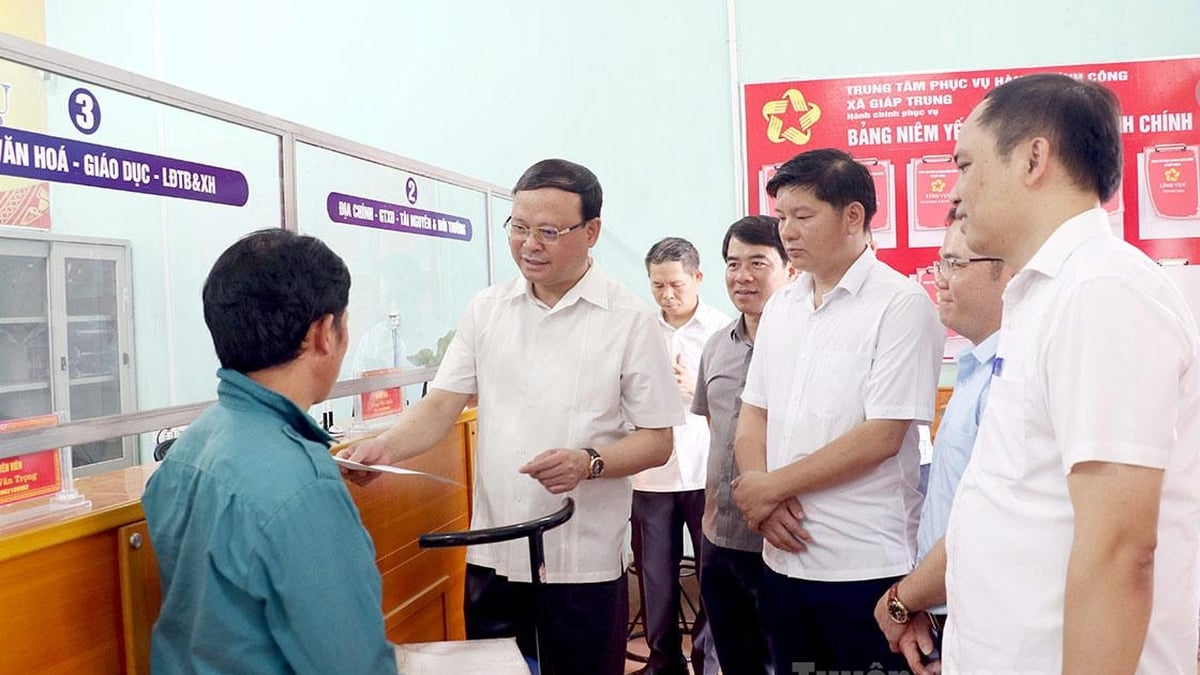
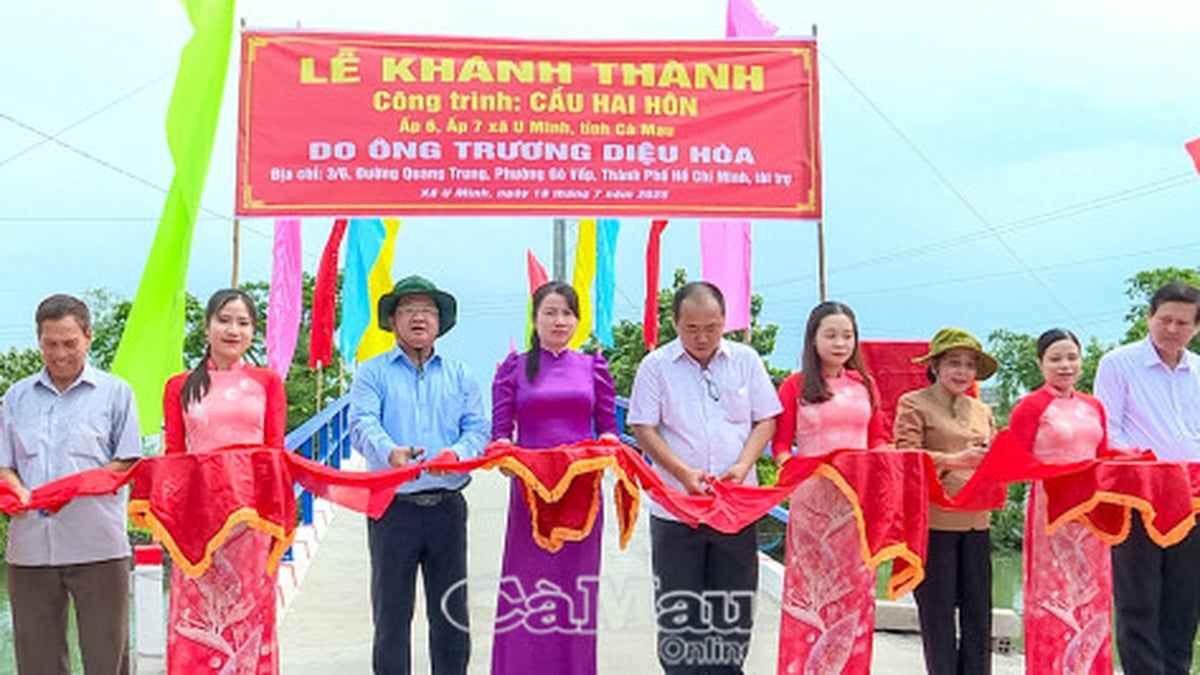
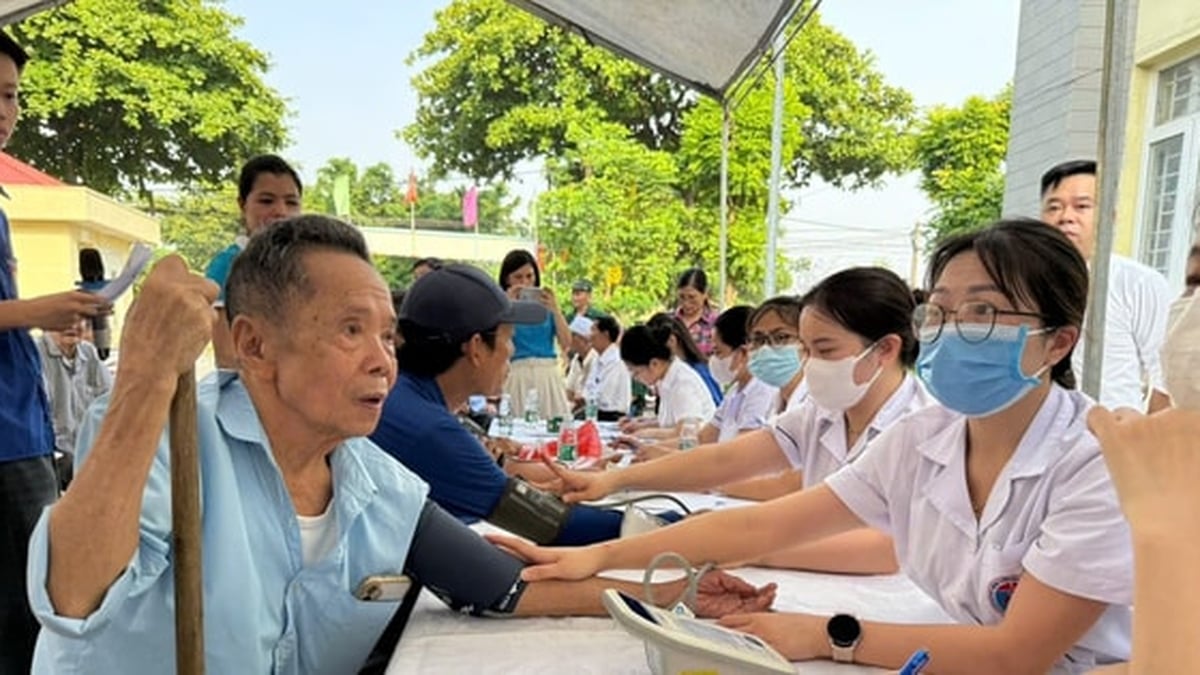
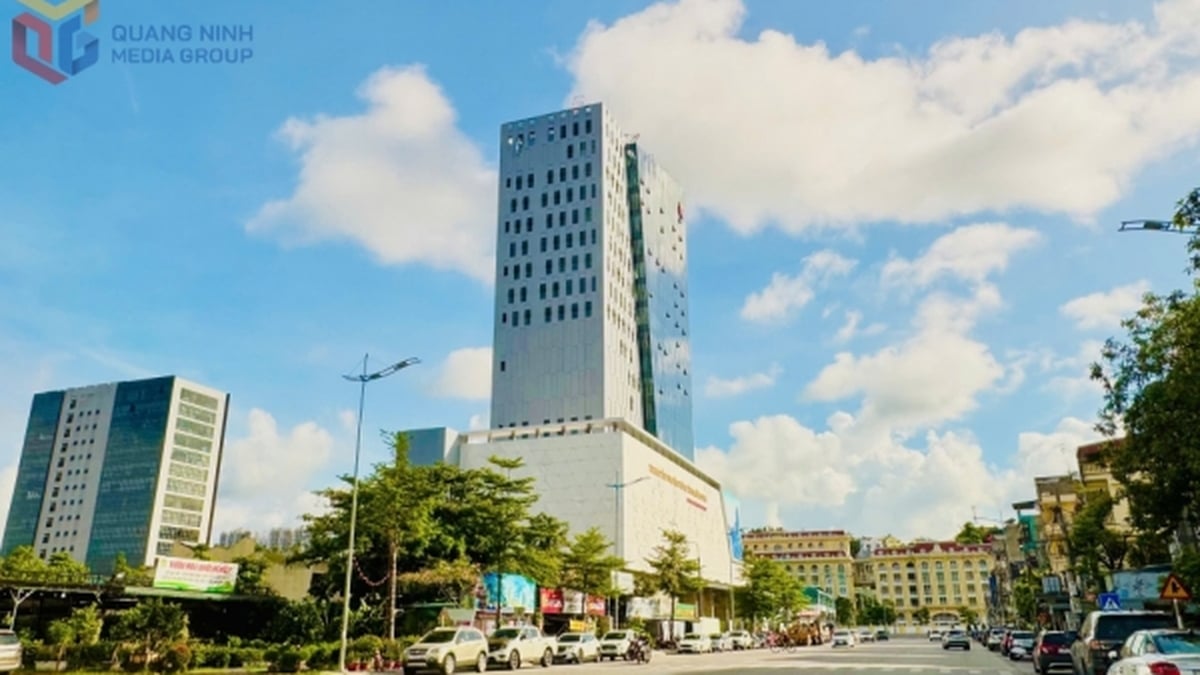

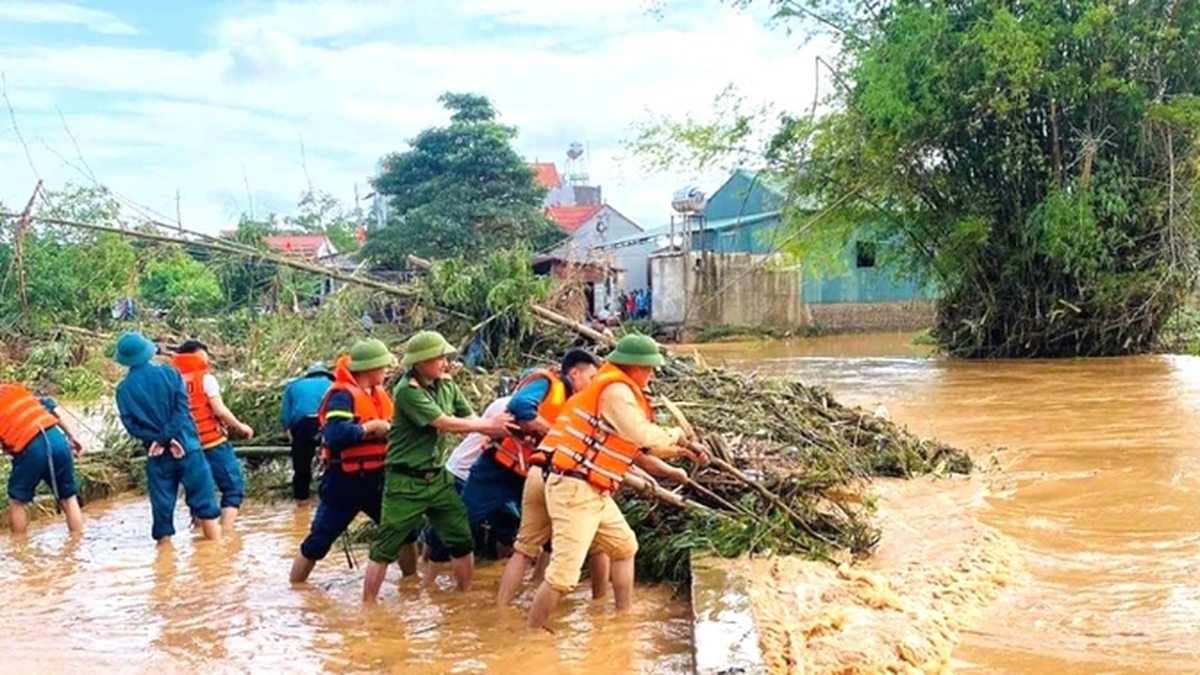


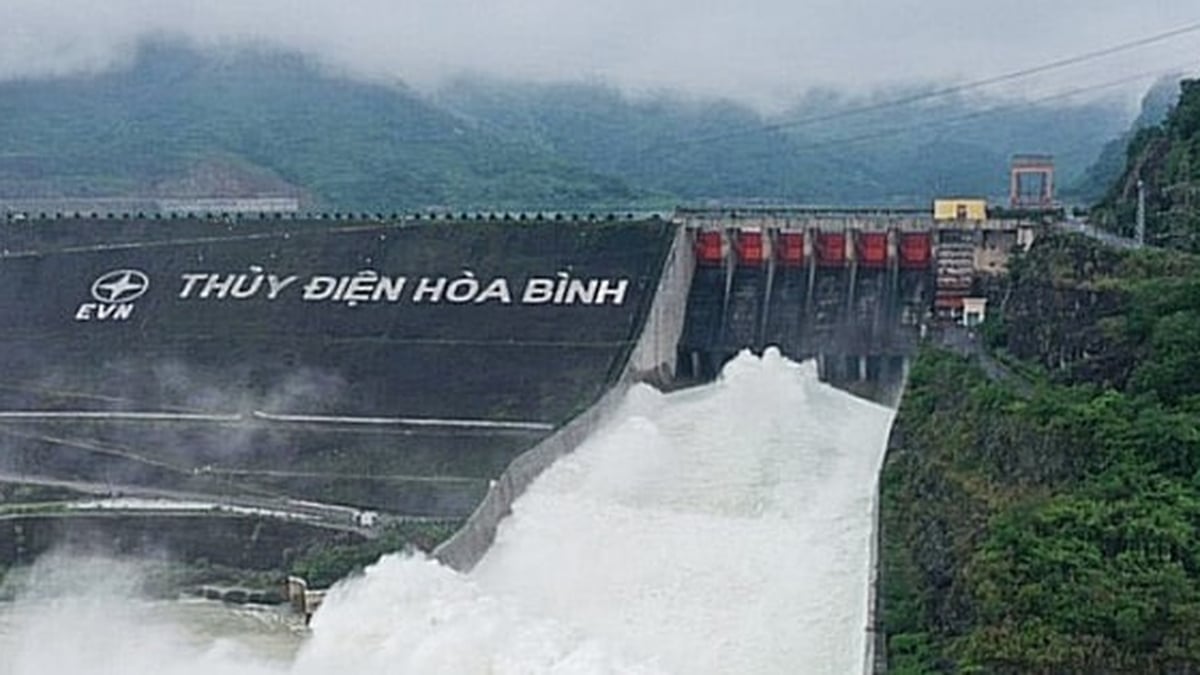























































































Comment (0)